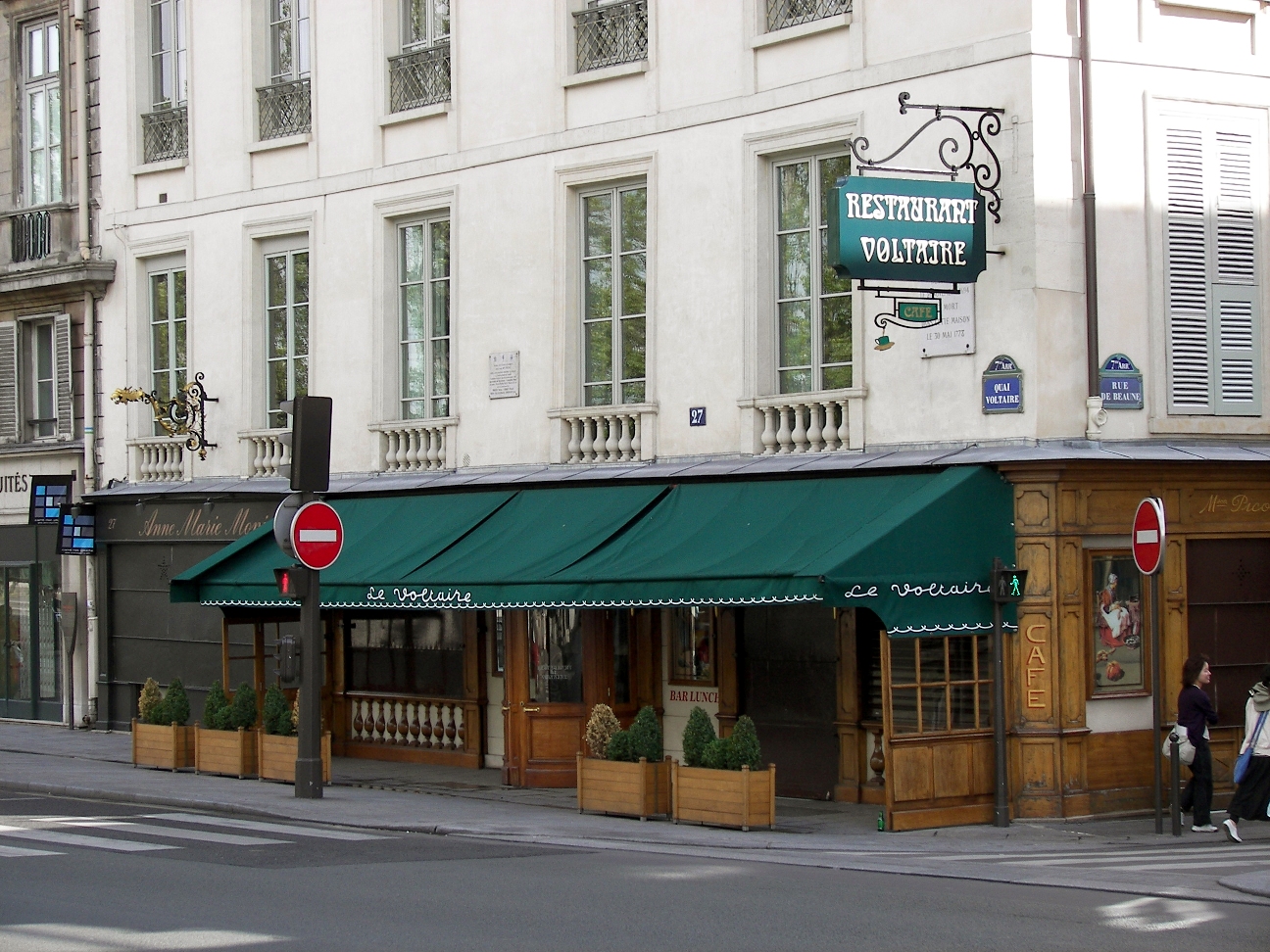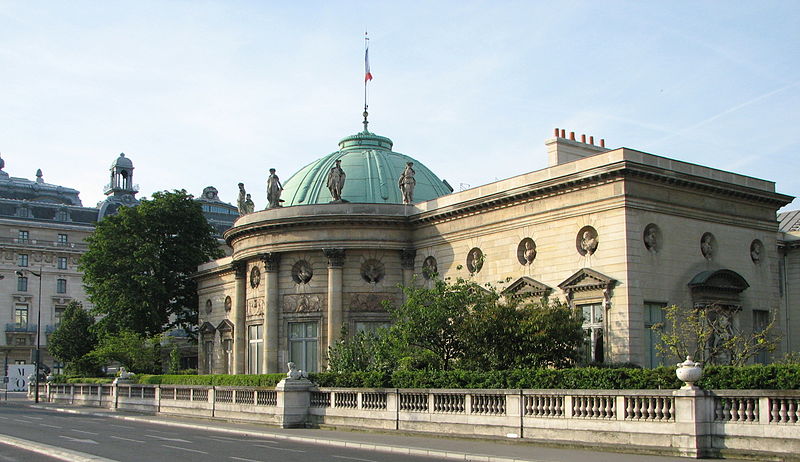
The Hôtel de Salm
Paris, France
Photo: Blue Lion
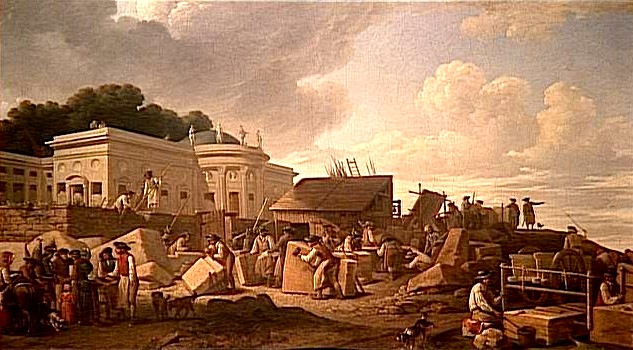
Anonymous, The Building of the Hôtel de Salm, 18th century,
Paris, Musée Carnavalet
Source: Wikimedia
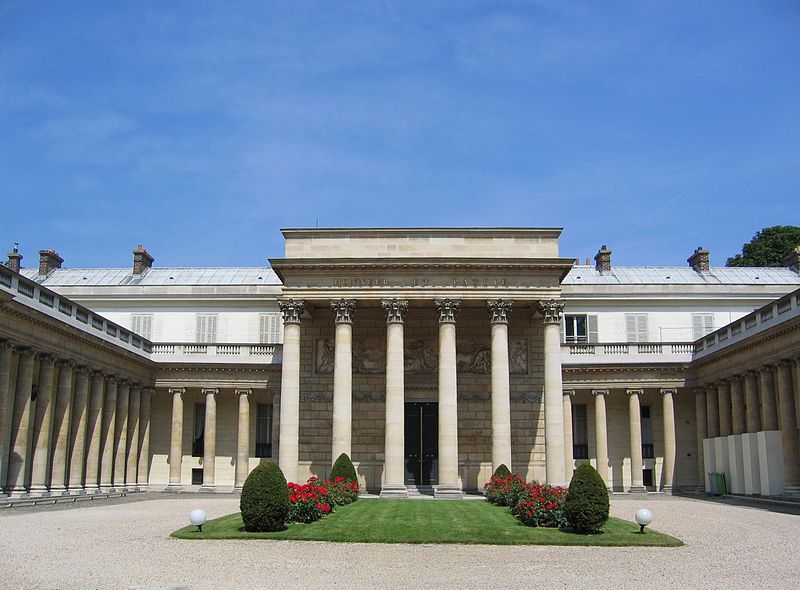
Cour d'honneur of the Hôtel de Salm.
Photo: Marc Baronnet (CC), Wikimedia
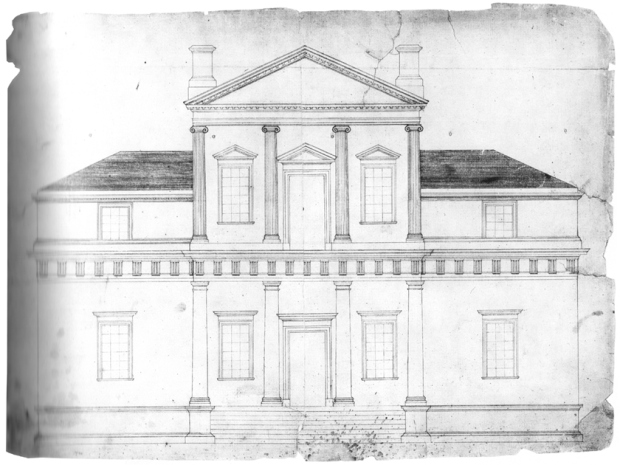
Drawing by Thomas Jefferson showing the original front elevation of his home Monticello, located in Albemarle County, Virginia. Image from "Domestic Architecture of the American Colonies and of the Early Republic," by Fiske Kimball, New York, 1922, fig. 72. The original drawing is in the Coolidge collection.
Source: Wikimedia
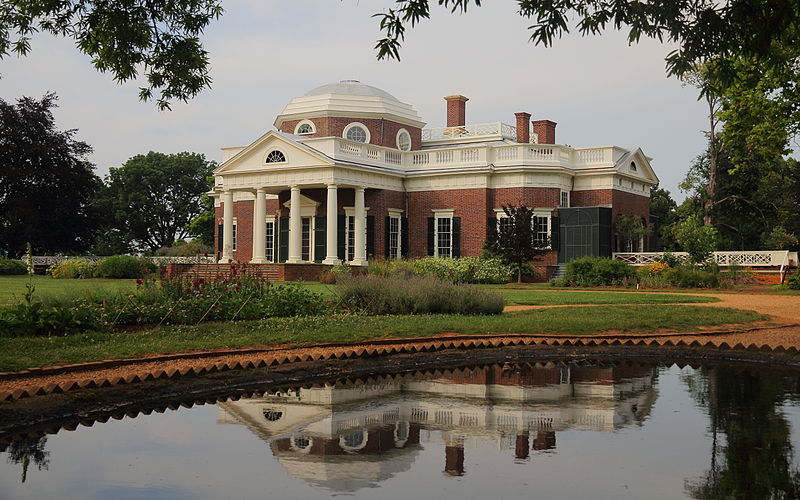
Monticello
Virginia, USA
Photo: Dkstotz (CC), Wikimedia
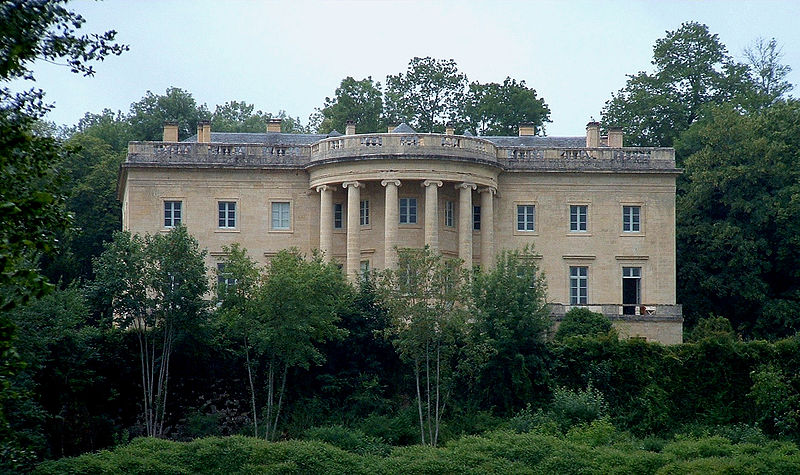
Château de Rastignac, France
The Château de Rastignac inspired the design of the White House
Photo: Mossot (CC), Wikimedia
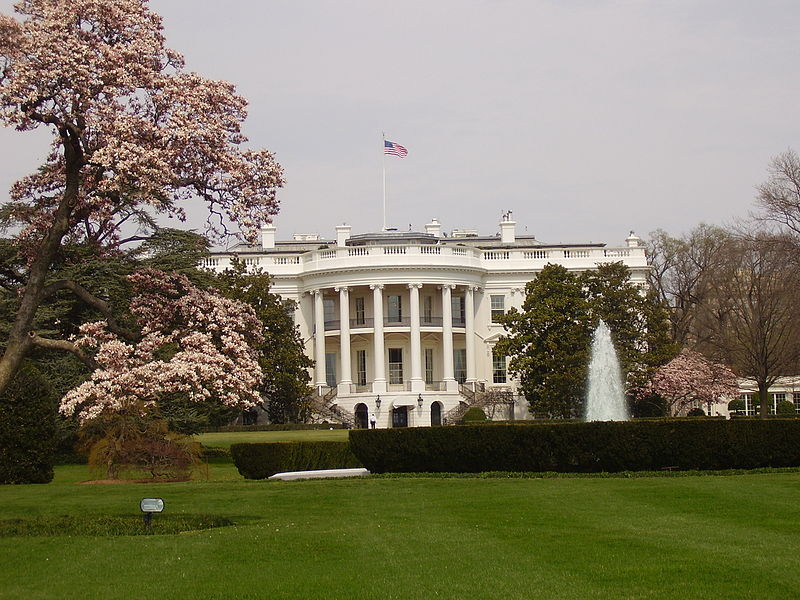
The White House, South side
Washington, DC
Photo: Ibrahim Rustamov (CC), Wikimedia
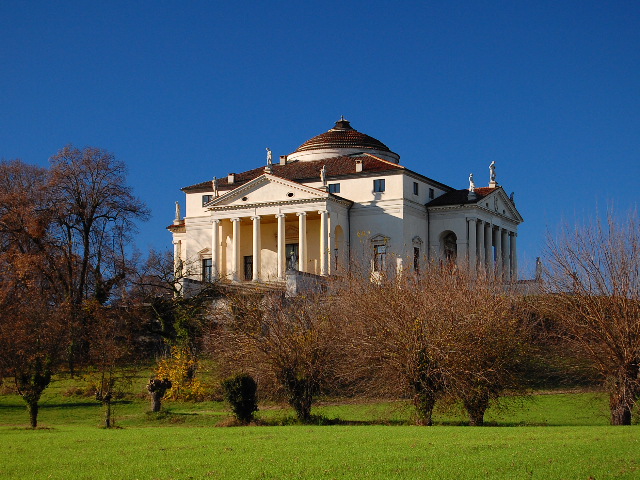
Palladio, La rotonda
Vicenza, Italy
Photo: Marco Bagarella (CC), Wikimedia
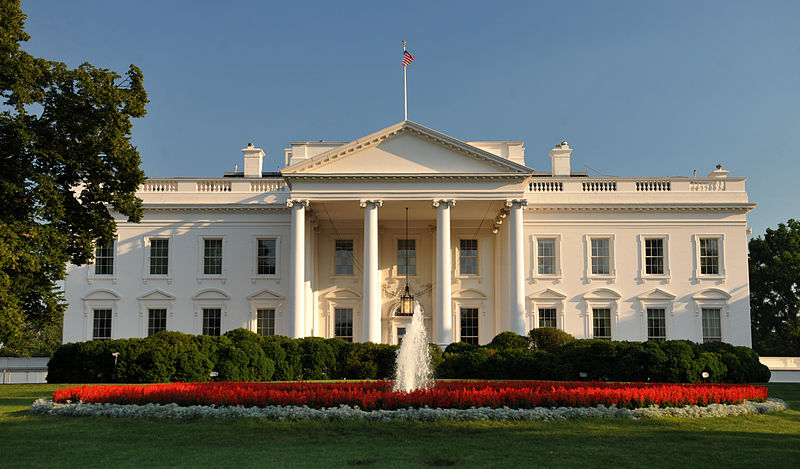
The White House, North side
Washington, DC
Photo: Cezary p (CC), Wikimedia
Hôtel de Salm
Thomas Jefferson was in Paris from August 1784 to September 1789, leaving not too long after the French Revolution began. According to some scholars, these were the most memorable years of his life. In 1787, he wrote from the south of France, "While in Paris I was violently smitten with the Hotel de Salm, and used to go to the Tuileries [the gardens directly across the Seine] almost daily to look at it. The loueuse des chaises, inattentive to my passion, never had the complaisance to place a chair there, so that sitting on the parapet, and twisting my neck round to see the object of my admiration, I generally left it with a torti-colli [torticolis: stiff neck]." (In those days, and well into the 20th century, visitors to Paris gardens could not sit for free. They were expected to pay a nominal sum to a "chair renter" (louer = "to rent"; chaise = "chair"), a position usually reserved for war widows.)
Looking at a photo of Monticello while taking in the domed grandeur of the Hôtel de Salm, we have no doubt as to the depth of the passion of which Jefferson wrote, nor as to the justification for placing his statue where he can continue to be smitten - sans the torticolis!
When American architect Charles Bulfinch and American painter John Trumbull visited Paris, Jefferson made sure they saw the Hôtel de Salm. (Bulfinch would later rebuild the U.S. Capitol after its destruction in the War of 1812, and Trumbull did the historical paintings in the Capitol's rotunda.) In 1791, when Jefferson was back in Philadelphia, he suggested to Pierre L'Enfant, the French-born American architect who was the first city planner for Washington, DC, that the Hôtel de Salm's riverside facade or the facade we're looking at now would serve equally well as a model for the U.S. president's house. Although Irish architect James Hoban, who won the design competition for what would become the White House, found inspiration elsewhere, Jefferson used elements of both these facades not only at Monticello but also for the University of Virginia's rotunda and quad.
Flash Quiz: Nine entries were received in the architectural competition for the U.S. president's house, and one of those was submitted anonymously - by whom?
Answer: Thomas Jefferson.
A bit about the Hôtel de Salm itself: When Jefferson arrived in Paris on Aug 6, 1784, this luxurious residence, commissioned by German prince Frederick III of Salm-Kyrburg and designed by architect Pierre Rousseau, had been under construction for about two years. In around 1786, the prince moved in, but he enjoyed his home for only 8 years before being guillotined (Reign of Terror). In 1804, the building became the headquarters of the Légion d'Honneur, which was founded by Napoleon Bonaparte to commend civilians and soldiers and thus replace the old regime's orders of chivalry with a merit-based system. The Hôtel de Salm is still the headquarters of the Legion of Honor and now also houses a Légion d'Honneur Museum. Note the decorations on the side of the building as we pass on the way to our next stop.

